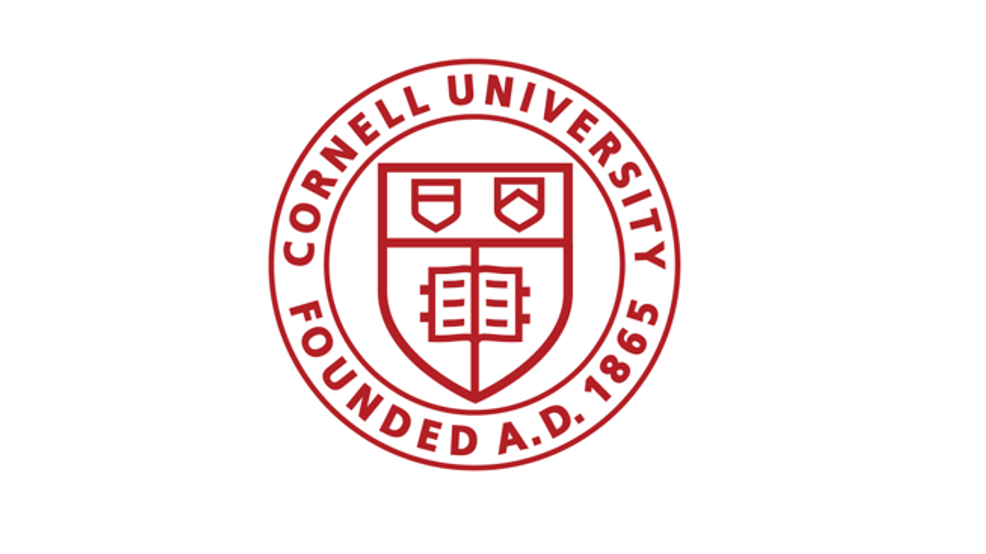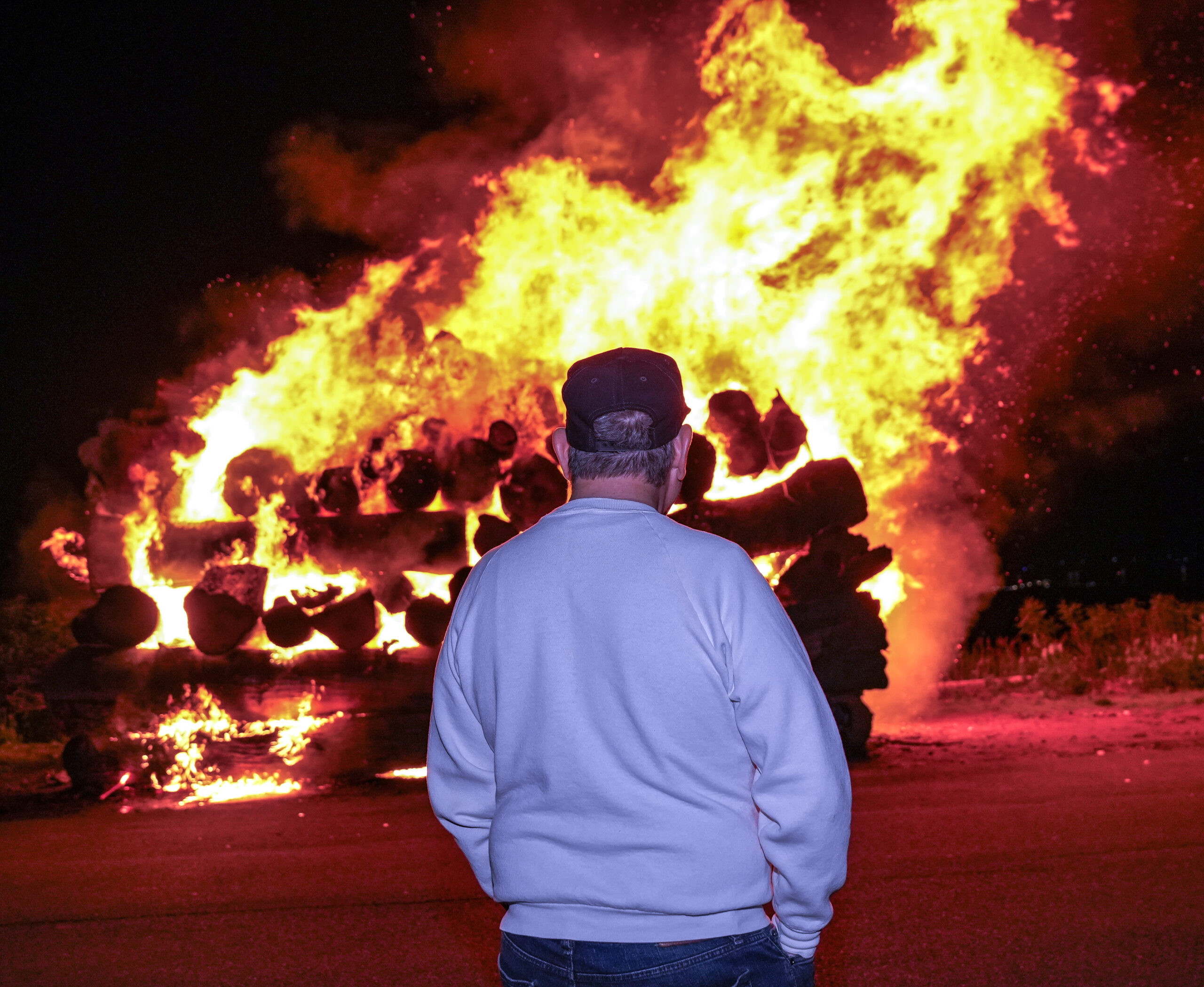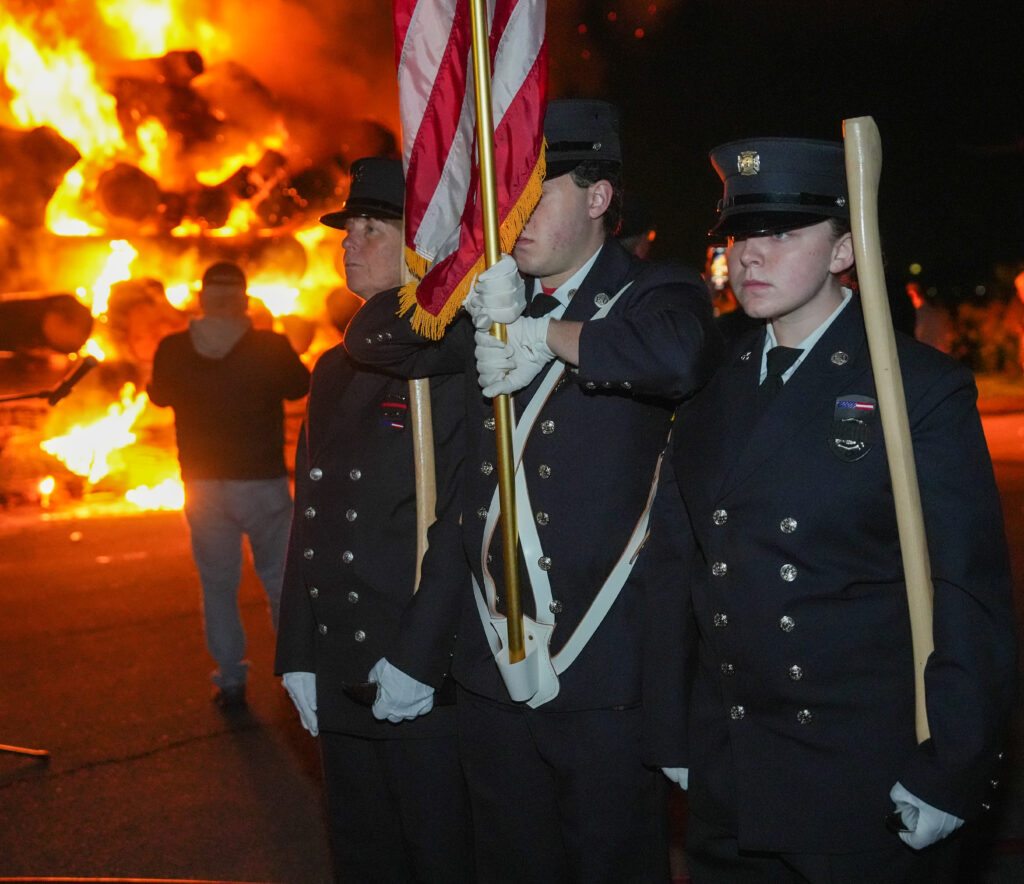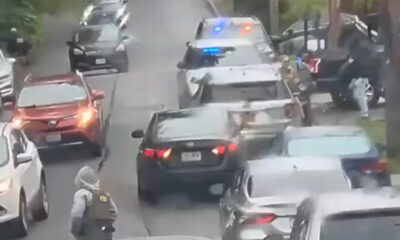ITHACA, N.Y. – Solar-power developers need to explore using lower-quality agricultural land for solar energy, incentivize dual-use (combined agriculture and solar) options, avoid concentrated solar development and engage communities early to achieve New York’s green energy goals, according to forthcoming Cornell University research.
“As farmland is generally flat and cleared, agricultural land will be the prime target for future solar energy development,” said Max Zhang, professor in the Sibley School of Mechanical and Aerospace Engineering. “Good farmland, however, is not ideal.”
Zhang is senior author of “Strategic Land Use Analysis for Solar Energy Development in New York State,” which will publish in August 2021 in Renewable Energy.
Under New York state’s 2019 Climate Leadership and Community Protection Act, the state must reach 70% renewable energy generation by 2030 – and 100% by 2040. Assuming no further offshore wind energy development beyond the current 9-gigawatt goal, the state will need 21.6 gigawatts of utility-scale solar energy capacity to reach that target.
That goal can’t be attained without using lower-grade agricultural land and dual-use (agrivoltaics) options, according to the research.
So far, 40% of current solar energy capacity has been developed on agricultural land, the researchers found, while 84% of land identified as suitable for future solar development – about 140 gigawatts – is agricultural.
“Solar farms are already taking up agricultural land and it will likely take even more to achieve New York’s energy goals,” Zhang said. “For the solar-energy community, this is not a surprise. But for the agricultural community, this is a surprise.”
Keeping solar farms from becoming too concentrated in regions will likely help mitigate negative economic activity. This kind of concentration leads to agricultural land conversion and then initiates a negative, economic chain reaction for businesses that depend on farming, according to the paper.
In their research on solar development, the engineers found growing public opposition in rural communities to the utility-level development projects. Alleviating public concerns though community engagement is essential for sustainable growth of solar in New York, Zhang said.
Devising a decision-making approach that actively involves the community early can ease public opposition to solar development. During a preliminary analysis, the group found that more than 80% of land containing large installations is private land where developers typically sign a lease with private landowners, before the parties approach the broader community. Zhang said that this decide-announce-defend approach arouses protective actions from the wider community.
“It makes economic sense that if your business is to generate solar energy flows, you will look at longer term,” said Zhang, who is a faculty fellow at the Cornell Atkinson Center for Sustainability. “If energy companies build a better relationship with the community, the more likely the community will help to develop more energy on nearby land. It’s easier to engage and educate the community, rather than defend actions.”

 Police/Fire/EMS1 week ago
Police/Fire/EMS1 week ago
 Government1 week ago
Government1 week ago
 Community1 week ago
Community1 week ago
 Business1 week ago
Business1 week ago


















